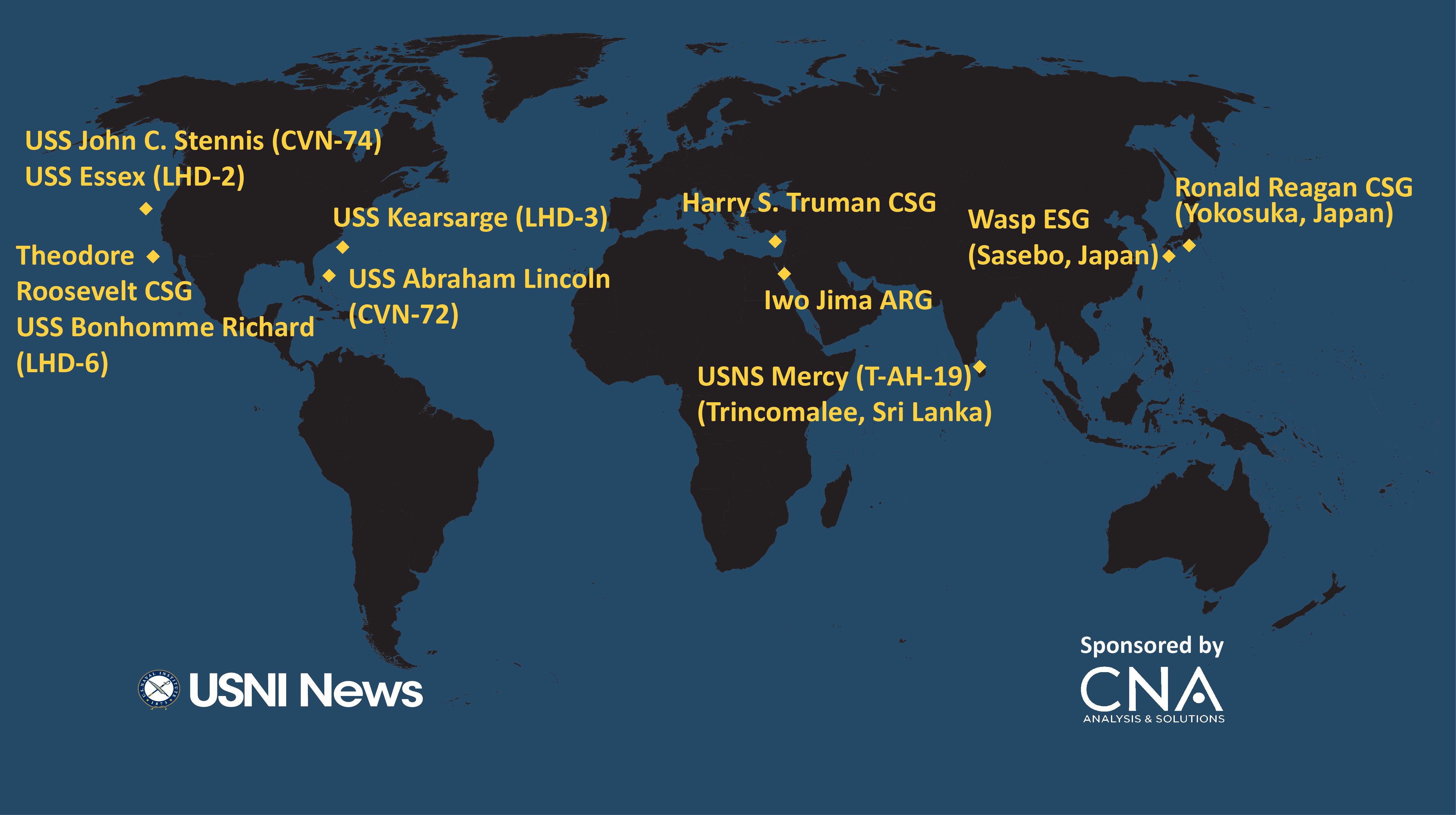
The USNI News Fleet and Marine Tracker is sponsored by CNA. These are the approximate positions of the U.S. Navy’s deployed carrier strike groups and amphibious ready groups throughout the world as of May 7, 2018, based on Navy and public data. In cases where a CSG or ARG is conducting disaggregated operations, the map reflects the location of the capital ship.
Total U.S. Navy Battle Force:
283
Ships Underway
| Deployed Ships Underway | Non-deployed Ships Underway | Total Ships Underway |
| 36 | 39 | 75 |
Ships Deployed by Fleet
| Fleet Forces | 3rd Fleet | 4th Fleet | 5th Fleet | 6th Fleet | 7th Fleet | Total |
| 0 | 1 | 1 | 18 | 21 | 48 | 89 |
In the Eastern Mediterranean Sea
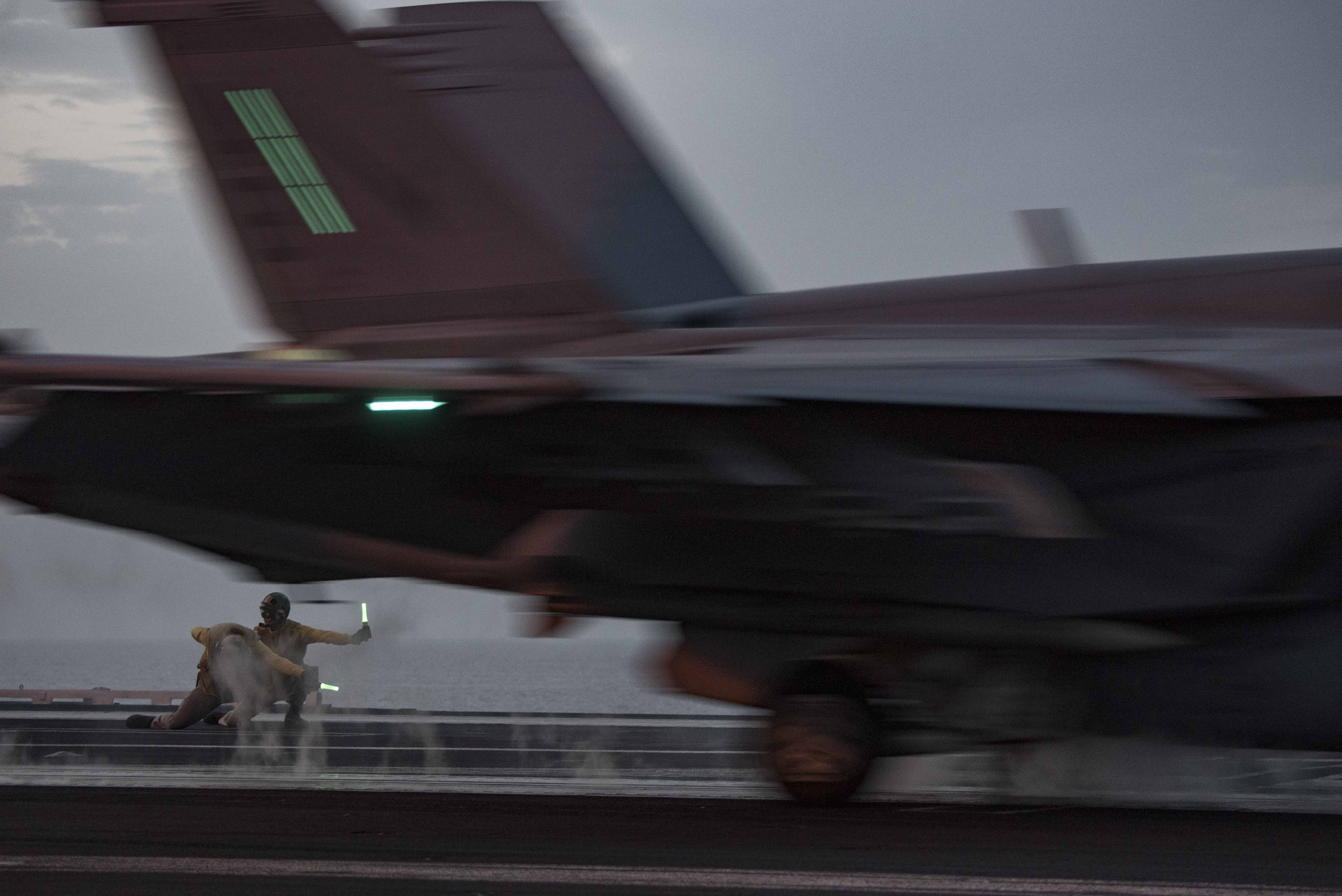
The Harry S. Truman Carrier Strike Group (CSG), which deployed from Norfolk, Va., on April 11, “commenced air operations May 3, 2018, in support of Operation Inherent Resolve (OIR),” according to U.S. Central Command.
“Operating from the Eastern Mediterranean Sea, aircraft from Carrier Air Wing (CVW) 1’s strike fighter squadrons conducted sorties over Syria, demonstrating HSTCSG’s ability to support two different geographic combatant commanders simultaneously.”
During this operation, the ship was physically located in U.S. 6th Fleet, while its aircraft attacked targets that fall under U.S. 5th Fleet’s area of responsibility. The CSG will operate in both fleets during its deployment.
Carrier Strike Group 8
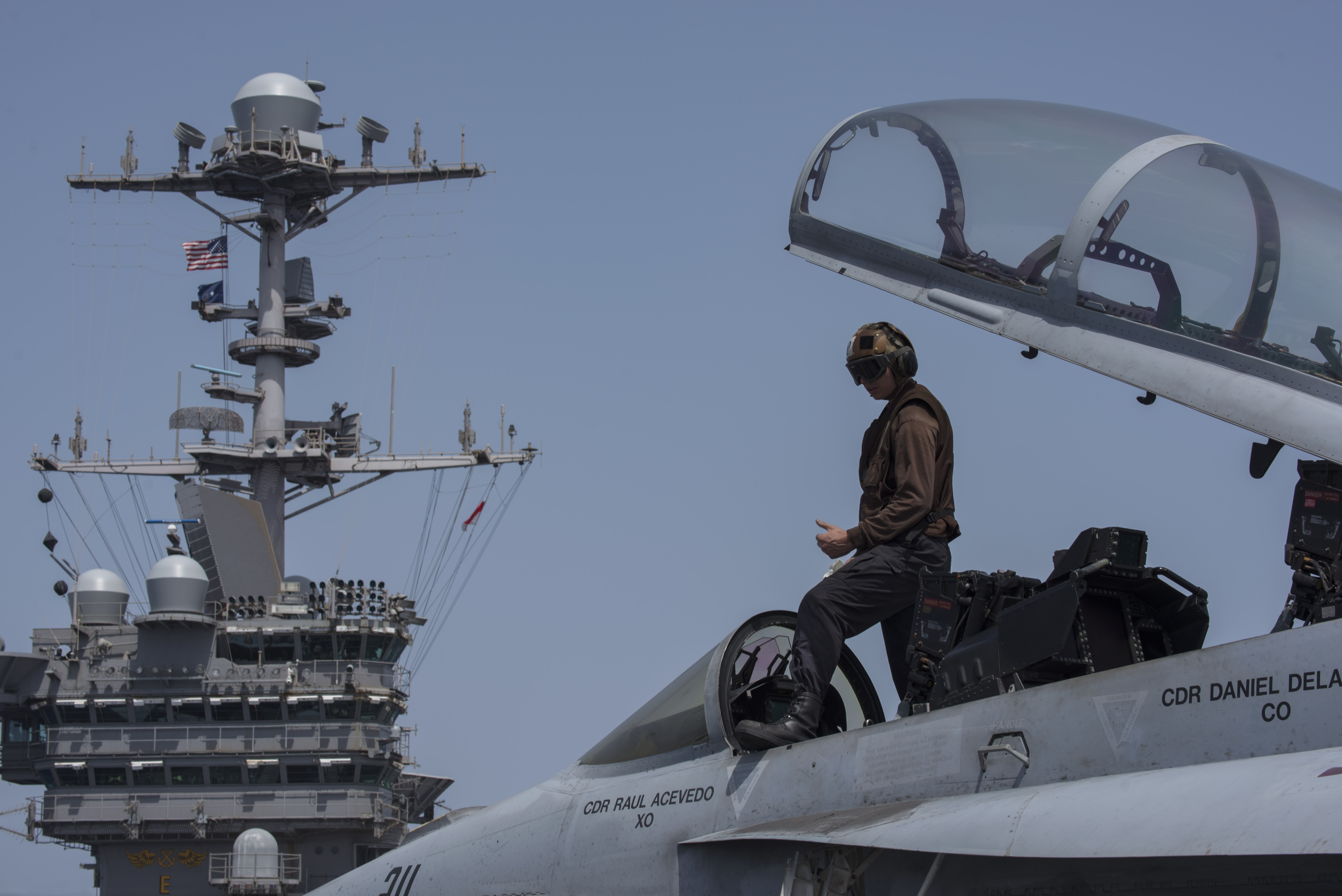
Aircraft carrier:
USS Harry S. Truman (CVN-75), homeported in Norfolk, Va.
Carrier Air Wing 1
CVW 1 from Naval Air Station Oceana, Va., is embarked aboard Harry S. Truman and includes nine squadrons and detachments:
- The “Red Rippers” of Strike Fighter Squadron (VFA) 11 from Naval Air Station Oceana, Va.
- The “Checkmates” of VFA-211 from Naval Air Station Oceania, Va.
- The “Sunliners” of VFA-81 from Naval Air Station Oceana, Va.
- The “Knighthawks” of VFA-136 from Naval Air Station Lemoore, Calif.
- The “Rooks” of Electronic Attack Squadron (VAQ) 137 from Naval Air Station Whidbey Island, Wash.
- The “Seahawks” of Carrier Airborne Early Warning Squadron (VAW) 126 from Naval Air Station Norfolk, Va.
- The “Rawhides” of Fleet Logistics Support Squadron (VRC) 40 from Naval Air Station Norfolk, Va.
- The “Dragon Slayers” of Helicopter Sea Combat Squadron (HSC) 11 from Naval Air Station Norfolk, Va.
- The “Proud Warriors” of Helicopter Maritime Strike Squadron (HSM 72) from Naval Air Station Jacksonville, Fla.
Destroyer Squadron 28
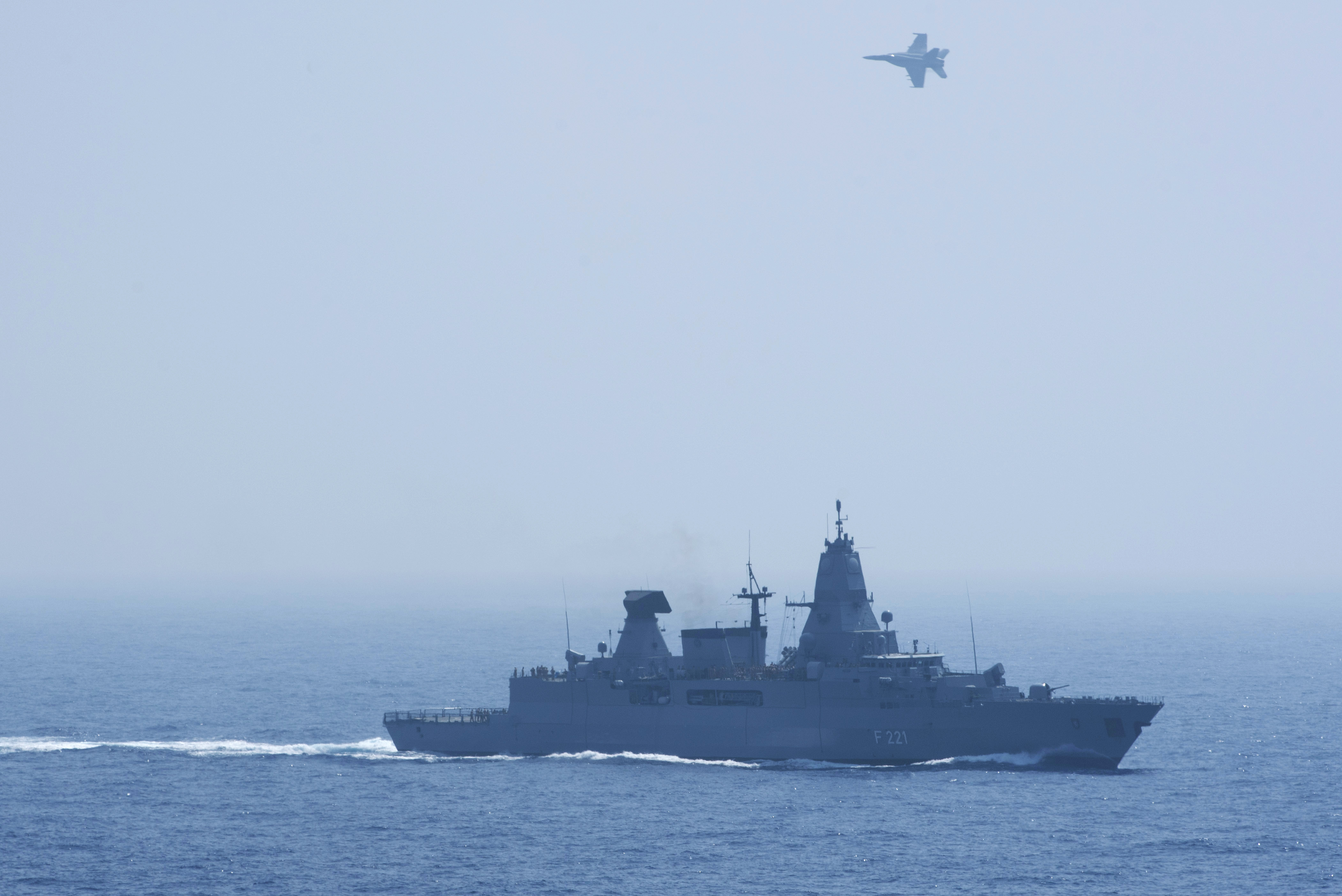
The leadership of DESRON 28 is embarked aboard Harry S. Truman and commands the CSG’s guided-missile destroyers.
- USS Farragut (DDG-99), homeported in Mayport, Fla.
- USS Forrest Sherman (DDG-98), homeported in Norfolk, Va.
- USS Arleigh Burke (DDG-51), homeported in Norfolk, Va.
The Sachsen-class German frigate FGS Hessen (F 221) is also operating as part of the strike group during the first half of the deployment.
Guided-missile destroyers USS Jason Dunham (DDG-109) and USS The Sullivans (DDG-68) are slated to deploy at a later date and will join the strike group in theater.
Guided-missile Cruiser
USS Normandy (CG-60), homeported in Norfolk, Va.
In the Western Pacific
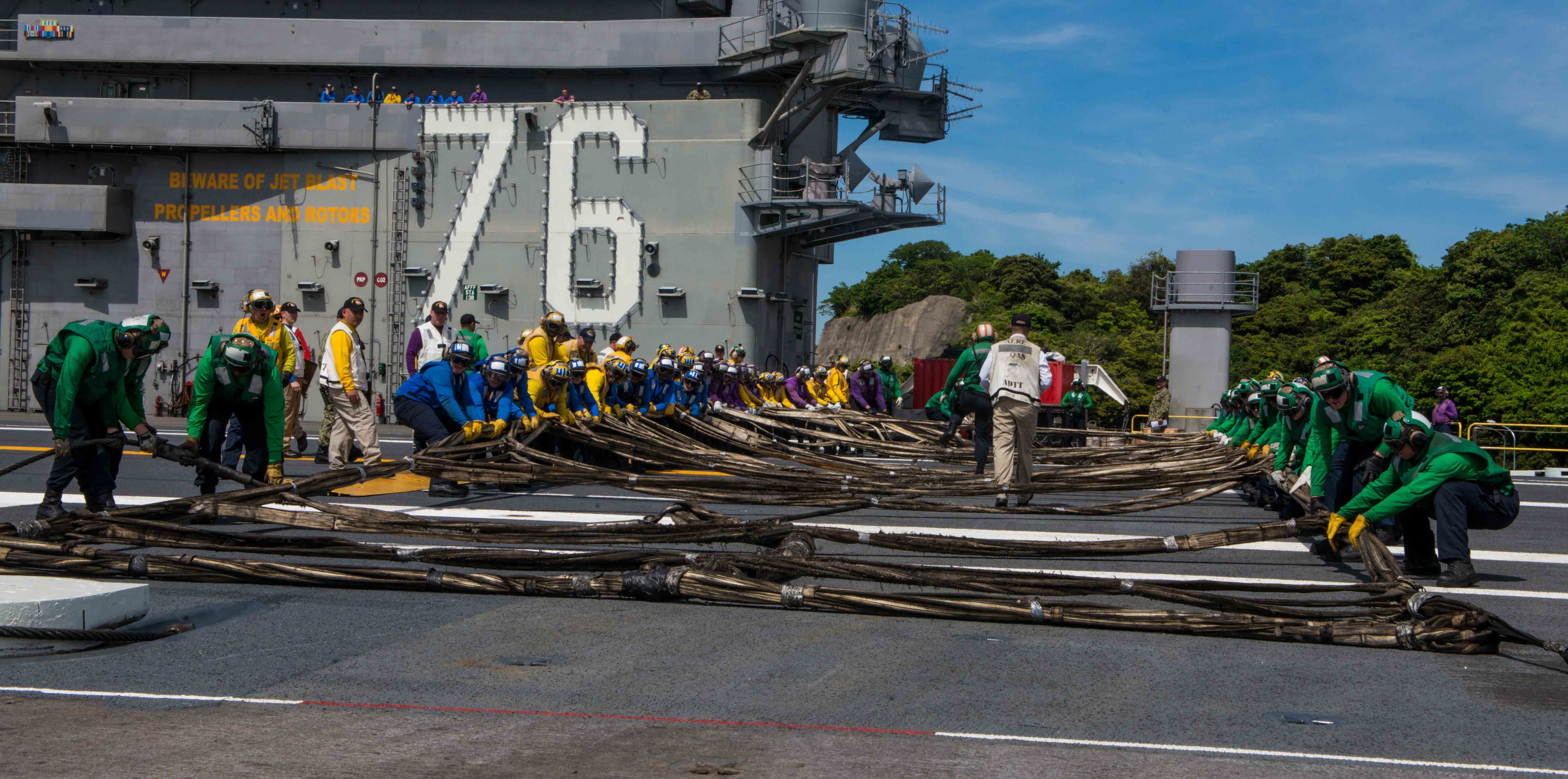
USS Ronald Reagan (CVN-76) is in port in Yokosuka, Japan. The ship recently completed a Selected Restricted Availability for maintenance and is making preparations to go to sea.
The amphibious assault ship USS Wasp (LHD-1) is in port Sasebo, Japan.
In the Indian Ocean
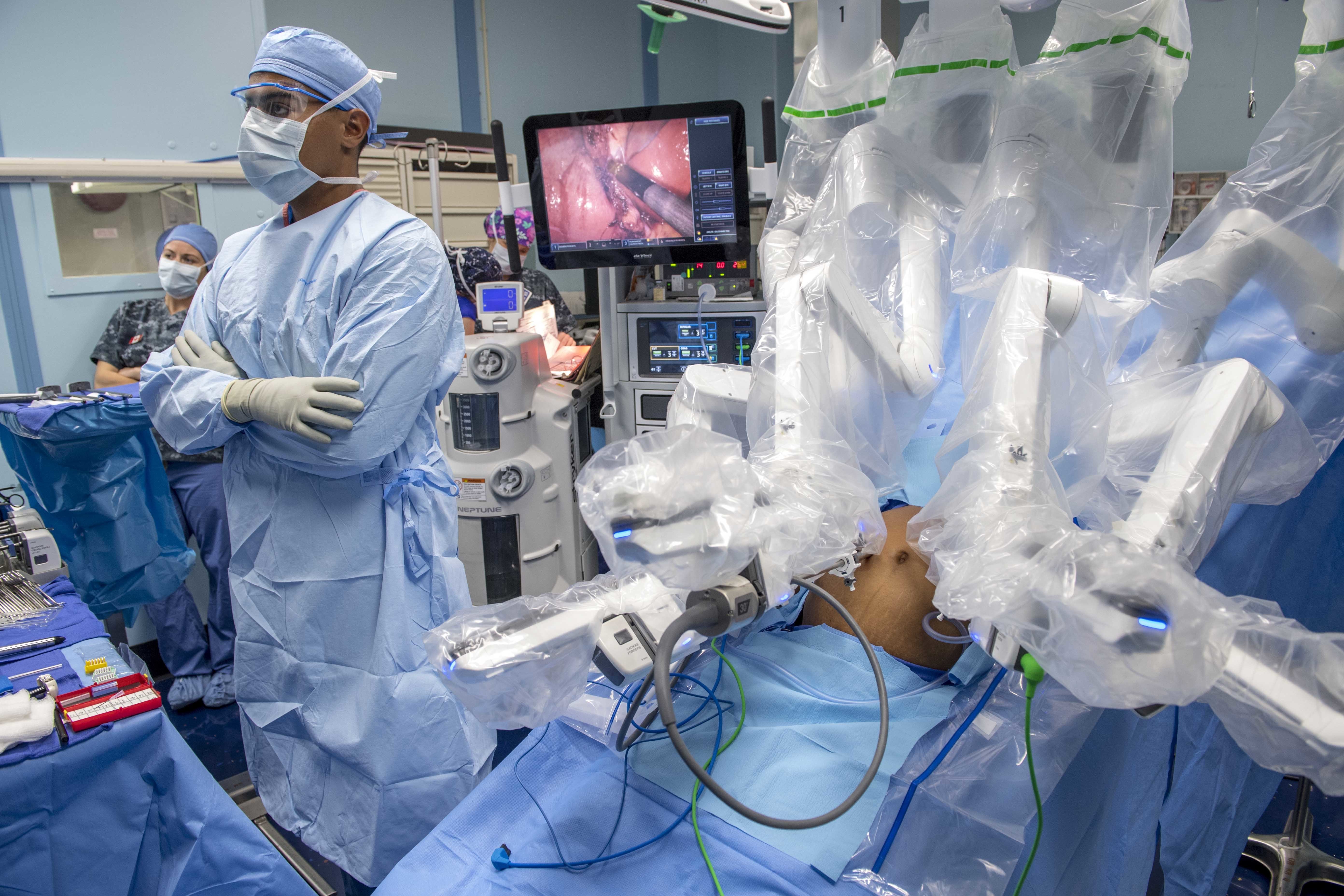
USNS Mercy (T-AH 19) arrived in Trincomalee, Sri Lanka, on April 25 and is scheduled to depart May 8.
“U.S and partner nation service members participating in Pacific Partnership 2018 (PP18) and Sri Lankan surgeons, assigned to Base Hospital Mutur, conducted the first-ever robot-assisted surgery aboard Military Sealift Command hospital ship USNS Mercy (T-AH 19) on May 4,” according to the Navy.
“The joint team of multinational surgeons and medical professionals successfully completed gallbladder removal, using a Da Vinci XI Robot Surgical System on a Sri Lankan citizen. This surgery marked the first time the Da Vinci Robot has been used on a live patient aboard a maritime vessel from any country.”
Mercy director of surgical services Lt. Cmdr. Kyle Gadbois said, “Not only was this the first time the Da Vinci XI Surgical System has been used on a patient while aboard a ship, but it also marked the first robotic-assisted surgery to be conducted in Sri Lanka.”
Mercy made previous stops in the 2018 mission in Bengkulu, Indonesia, and Kuala Lumpur, Malaysia. After departing Sri Lanka, Mercy will make mission stops in Vietnam and Japan to strengthen alliances, partnerships and multilateral cooperation throughout the Indo-Pacific region.
Pacific Partnership 2018 consists of more than 800 U.S. and partner nation military and civilian personnel working with host nations to be better prepared for potential humanitarian aid and disaster response situations.
In the Red Sea
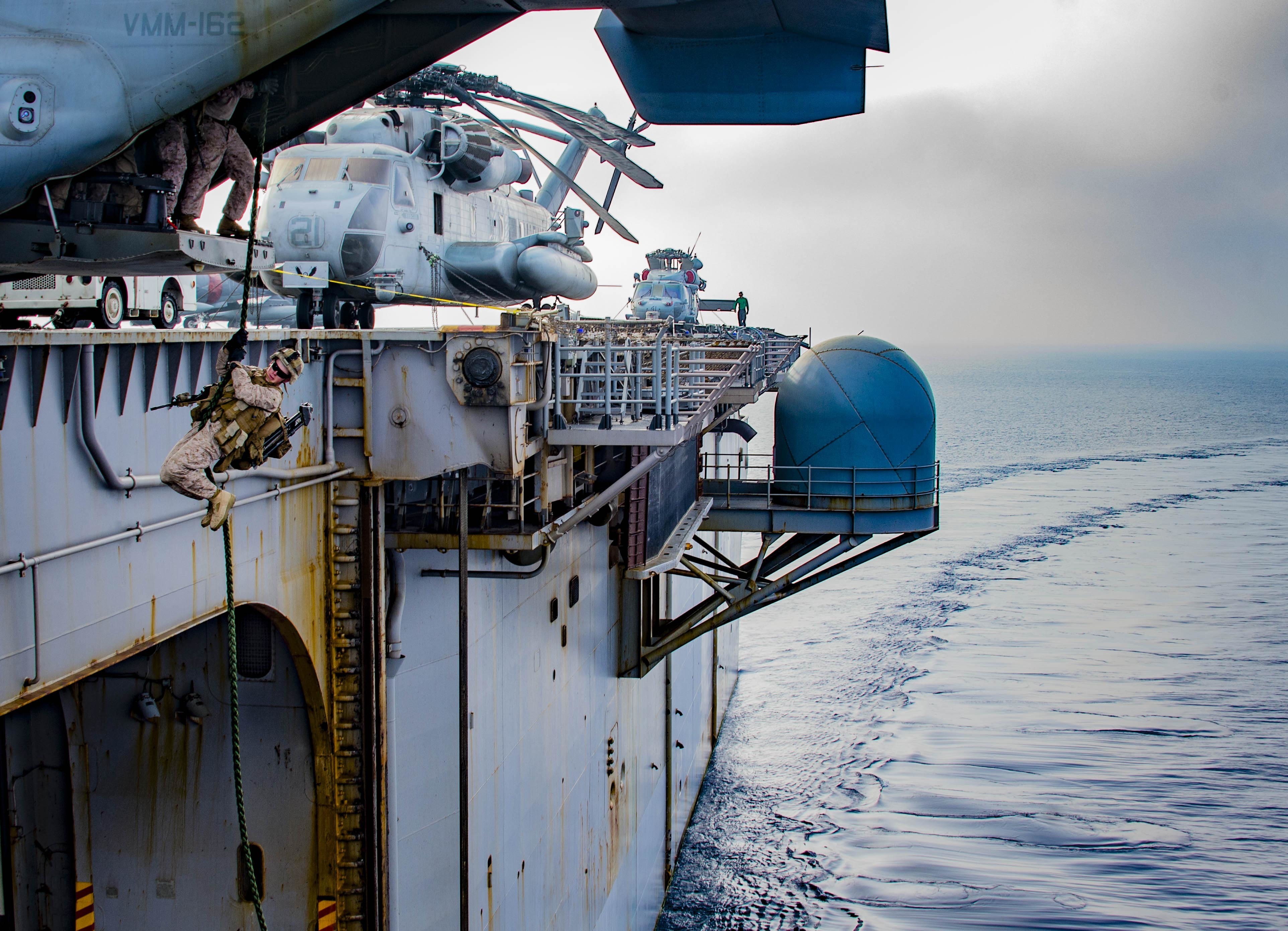
Amphibious assault ship USS Iwo Jima (LHD-7), dock landing ship USS Oak Hill (LSD-51) and components of the 26th Marine Expeditionary Unit (MEU) are operating in the Red Sea after recently completing military exercise Eager Lion 2018 in Jordan.
The Iwo Jima Amphibious Ready Group (ARG) with the 26th MEU embarked deployed Feb. 7 from Mayport, Fla. The ARG includes Iwo Jima, Oak Hill, amphibious transport dock USS New York (LPD-21), Fleet Surgical Team (FST) 8 and FST-4, Helicopter Sea Combat squadron (HSC) 28, Tactical Air Control Squadron (TACRON) 22, components of Naval Beach Group (NBG) 2 and the embarked staff of Amphibious Squadron 4.
In the Eastern Pacific
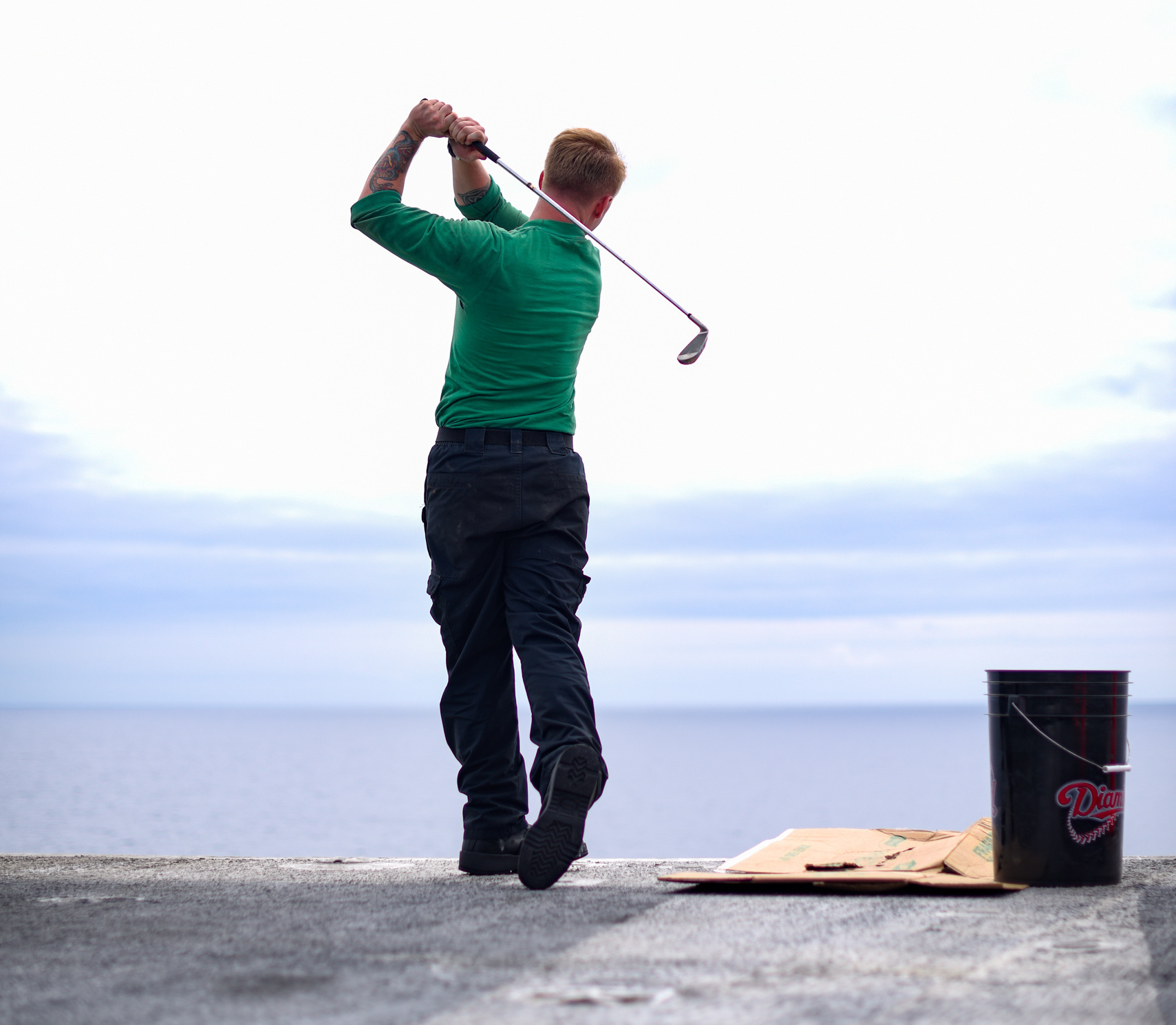
“Approximately 5,000 Sailors and Marines embarked aboard the aircraft carrier USS Theodore Roosevelt (CVN-71) are scheduled to return to Naval Air Station North Island Monday after a successful seven-month deployment,” reported news station KUSI.
Carrier Air Wing (CVW) 17 has already flown off its aircraft. Guided-missile cruiser USS Bunker Hill (CG-52) will return home to Naval Station San Diego.
Carrier Strike Group 9
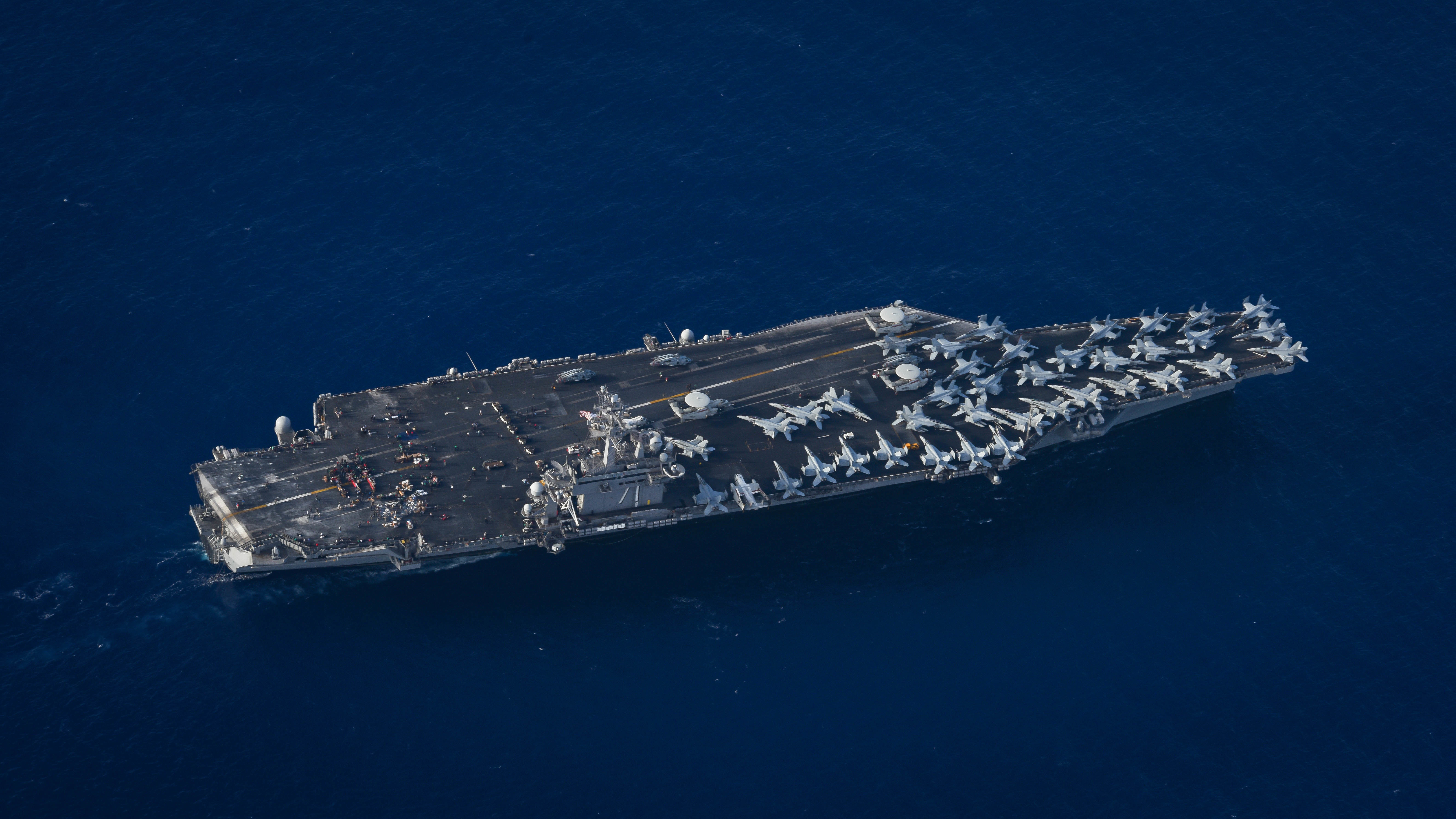
Aircraft carrier:
USS Theodore Roosevelt (CVN-71), homeported in San Diego, Calif.
Carrier Air Wing 17
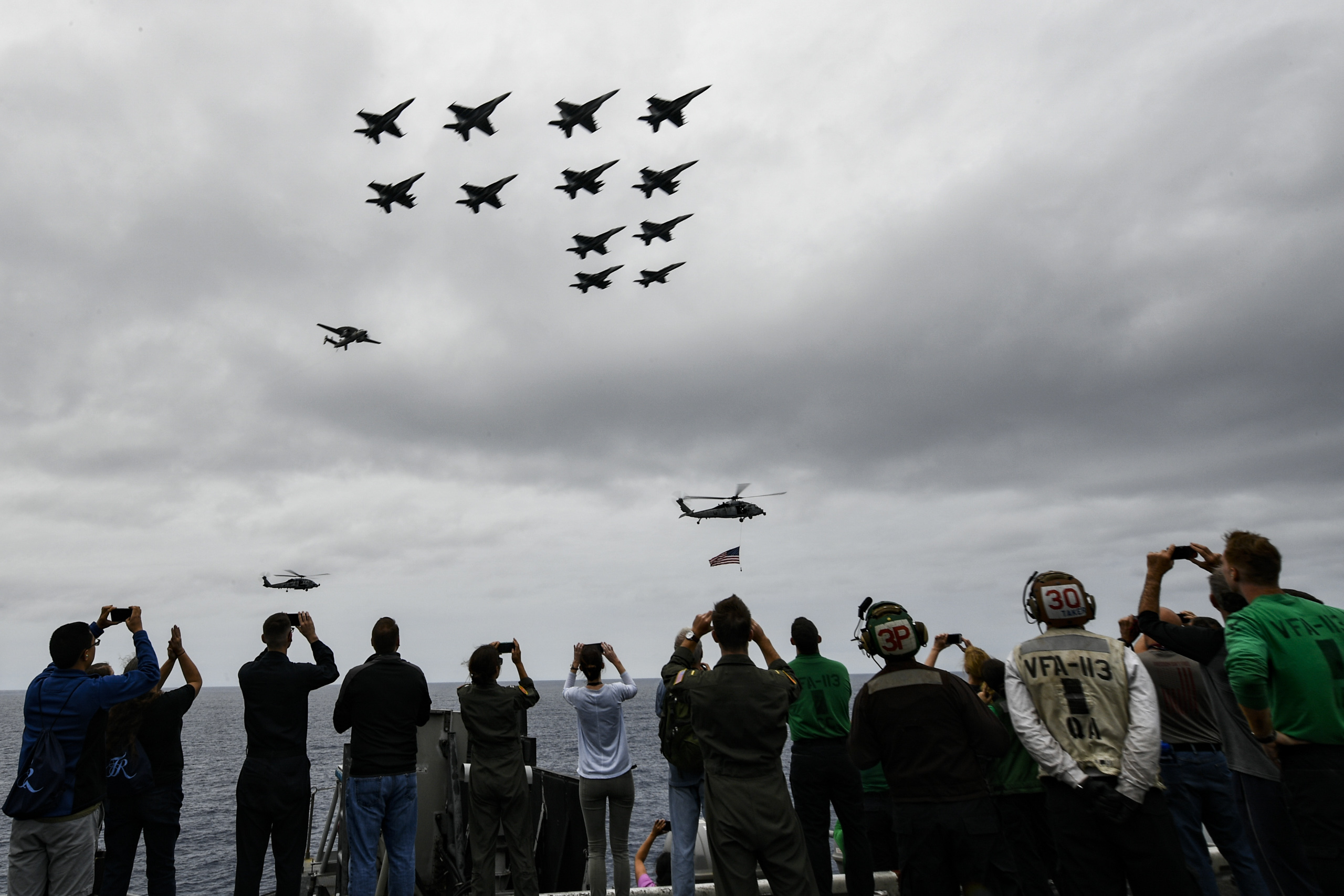
CVW 17 is embarked aboard Theodore Roosevelt and includes nine squadrons and detachments:
- The “Stingers” of Strike Fighter Squadron (VFA) 113 from Naval Air Station Lemoore, Calif.
- The “Mighty Shrikes” of VFA-94 from Naval Air Station Lemoore, Calif.
- The “Redcocks” of VFA-22 from Naval Air Station Lemoore, Calif.
- The “Checkerboards” of Marine Fighter Attack Squadron (VMFA) 312 from Marine Corps Air Station Beaufort, S.C.
- The “Cougars” of Electronic Attack Squadron (VAQ) 139 from Naval Air Station Whidbey Island, Wash.
- The “Sun Kings” of Carrier Airborne Early Warning Squadron (VAW) 116 from Naval Air Station Point Mugu, Calif.
- The “Providers” of Fleet Logistics Support Squadron (VRC) 30 from Naval Air Station North Island, Calif.
- The “Indians” of Helicopter Sea Combat Squadron (HSC) 6 from Naval Air Station North Island, Calif.
- The “Battlecats” of Helicopter Maritime Strike Squadron (HSM) 73 from Naval Air Station North Island, Calif.
Destroyer Squadron 23
The leadership of DESRON 23 is embarked aboard Theodore Roosevelt and commands the CSG’s guided-missile destroyers.
- USS Sampson (DDG-102), homeported in Everett, Wash.
- USS Preble (DDG-88), homeported in Pearl Harbor, Hawaii
- USS Halsey (DDG-97), homeported in Pearl Harbor, Hawaii
Guided-missile Cruiser
USS Bunker Hill (CG-52), homeported in San Diego, Calif.
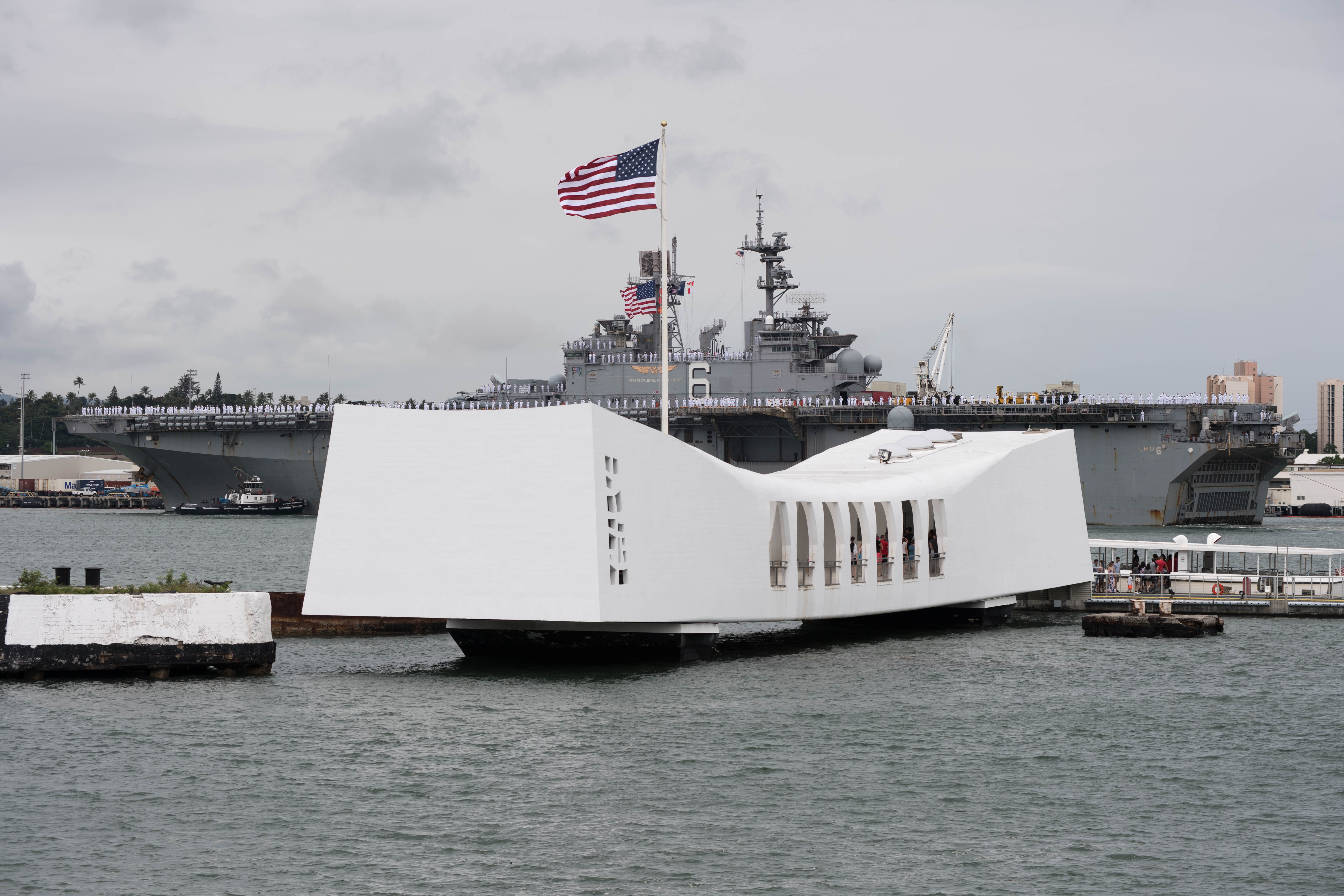
Amphibious assault ship USS Bonhomme Richard (LHD-6) – which left Sasebo, Japan, on April 18 for a homeport change – will arrive in San Diego on Tuesday and will then enter an extended maintenance availability, including upgrades and modernization to operate the F-35B Lightning II fighter aircraft.
USS Essex (LHD-2) is underway in the Southern California Operating Areas.
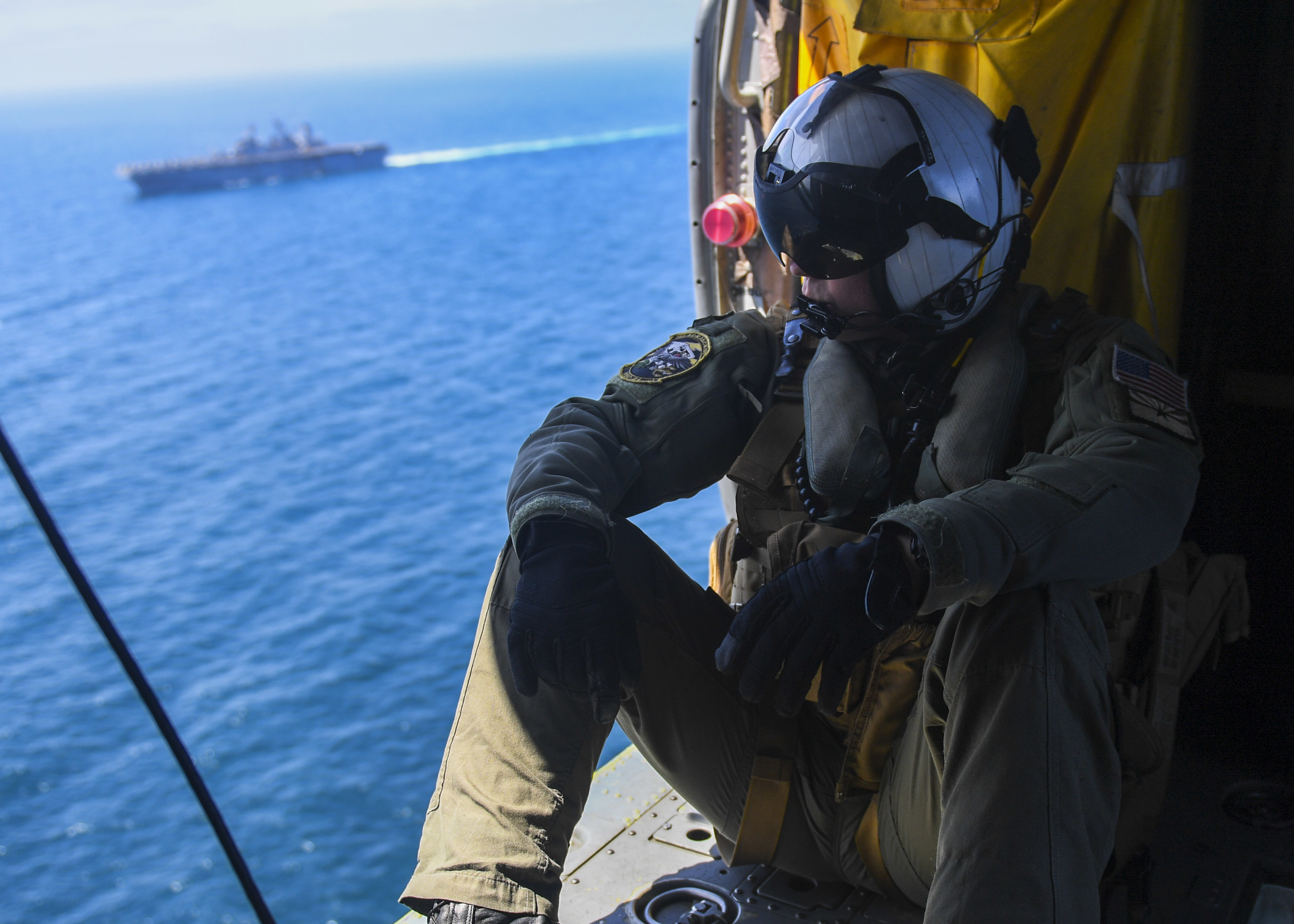
“The Essex Amphibious Ready Group (ARG) and 13th MEU integrated to conduct the second major exercise of their pre-deployment training,” according to the Marines.
“ARG, MEU Exercise (ARGMEUEX) provides essential and realistic ship-to-shore training, designed to enhance the integration of the Navy-Marine Corps team. ARGMEUEX provides an opportunity to integrate unique individual and unit skills and develop the Essex ARG and 13th MEU’s collective proficiency in challenging and unfamiliar environments.”
The Essex Amphibious Ready Group includes Amphibious Squadron (PHIBRON) 1, USS Essex (LHD-2), USS Anchorage (LPD-23) and USS Rushmore (LSD 47). They operate with embarked forces representing elements of the 13th MEU and Marine Fighter Attack Squadron (VFMA) 211.
In the Western Atlantic
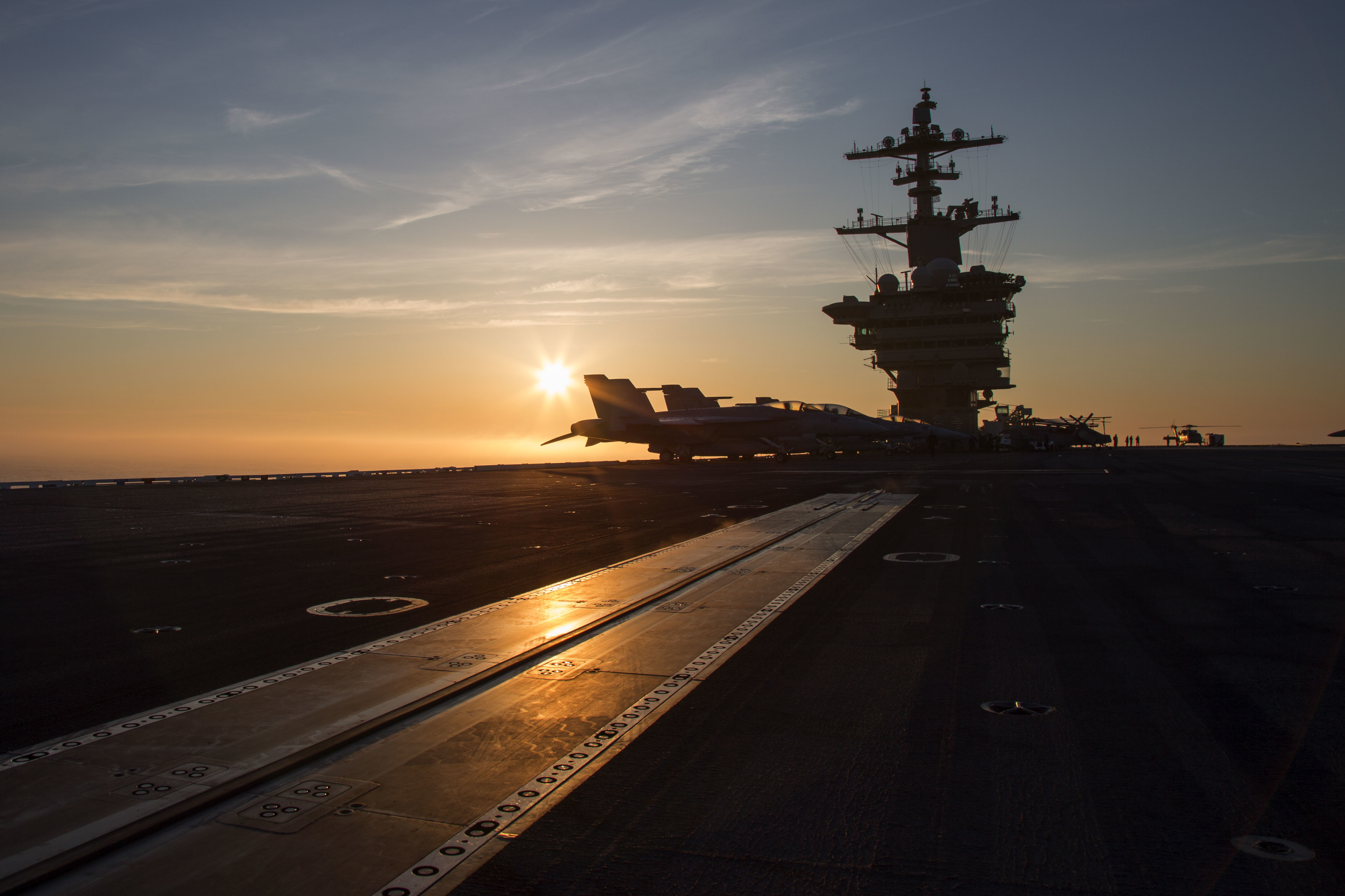
USS Kearsarge (LHD-3) departed Port Everglades, Fla., following a port visit last week and is headed back to its homeport in Norfolk, Va.
USS Abraham Lincoln (CVN-72) is training in the Virginia Capes Operating Areas.
Lincoln tested the ship’s defense capabilities during Combat Systems Ship Qualification Trials (CSSQT) from April 20 to May 2.
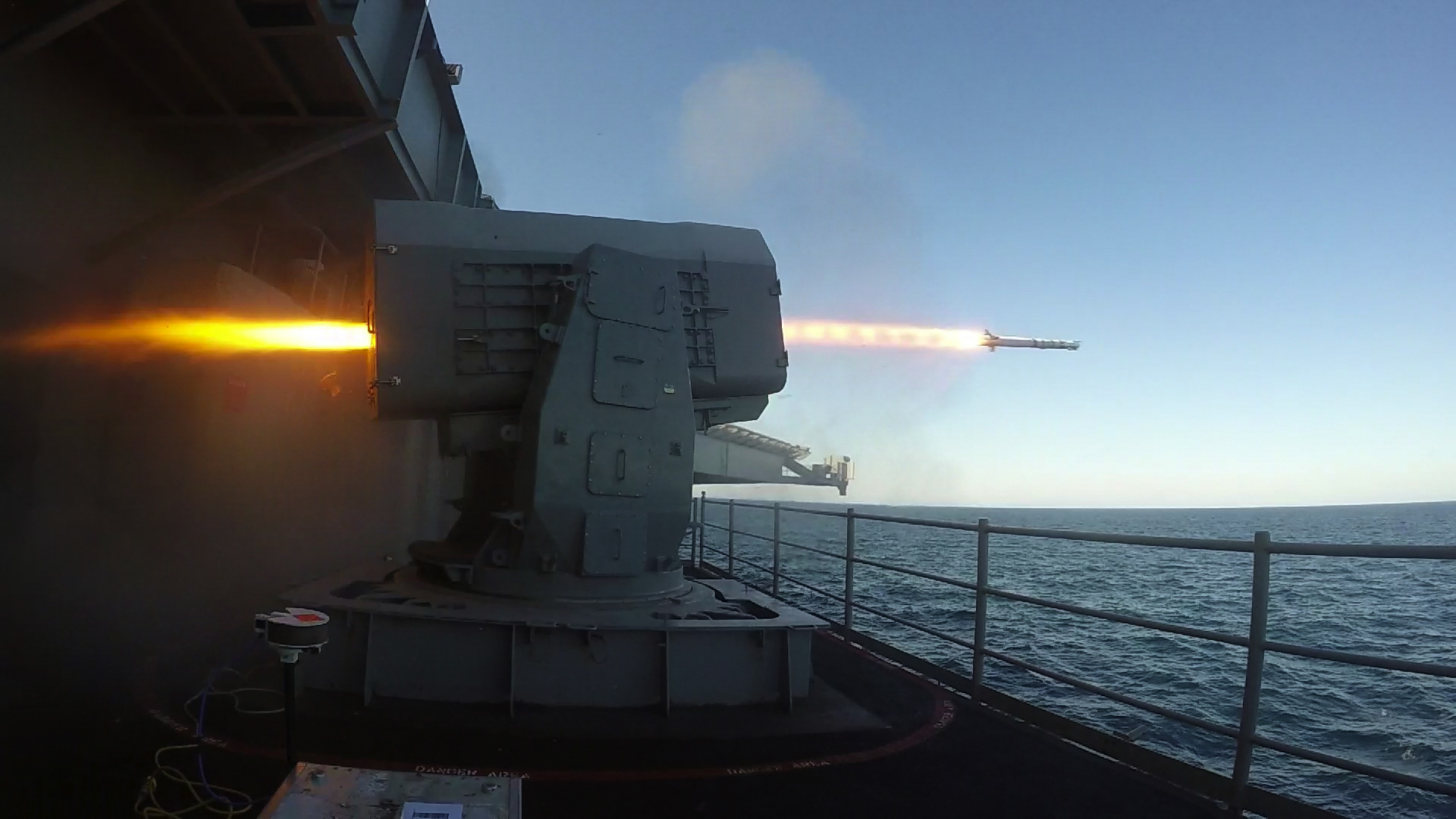
“CSSQT tested Abraham Lincoln’s ability to safely and effectively operate onboard weapons systems, including the close-in weapons system (CIWS), rolling airframe missile (RAM) launchers and the Enhanced NATO Sea Sparrow Missile System (ENSSMS),” according to the Navy.
“This was the first time since the ship’s half-life Refueling and Overhaul (RCOH) maintenance period that Abraham Lincoln’s CIWS has tracked and fired upon such targets, marking another key milestone in the ship’s return to operational readiness.”
In addition to these major formations, not shown are thousands of others serving in submarines, individual surface ships, aircraft squadrons, SEALs, Special Purpose Marine Air-Ground Task Forces, Coast Guard cutters and more serving throughout the globe.





